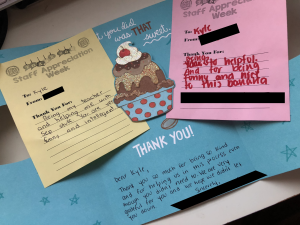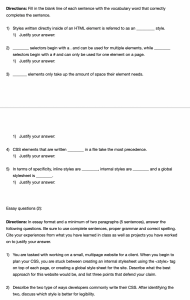Throughout my time as an educator to be, learning about the various responsibilities that teachers have in New York City never fails to blow my mind. As a baseline responsibility, teachers are expected to:
- Create lessons and deliver instruction
- Plan units and curriculum
- Continuously assess and grade (and plan those assessments)
- Learn about individual student personalities and needs
- Stay engaged with parents, keeping them in the loop with the progress (or lack of) regarding their child.
I have also discovered that in New York City, teachers are required to do the following:
- Have a period where they assist with the functions of the building
- Mandatory bulletin board posting of updated student work
- Help design or completely design their CTE (Career and Technical Education) programs for state approval
These long list of responsibilities make the job seem very intimidating and one can easily see why a teacher’s day is a lot longer than the typical school day of 8 to 2:30. On top of this, teachers are also role models, counselors, and nurturers of the students before them. Every small interaction, choice of words, sequence of decisions or even the appearance of a teacher can impact the life of a student in a profound way. Even with the long list of these responsibilities, the moral reward from teaching is hard to get from any other job. Attached below is a series of notes I received from some of the students for Teacher Appreciation Week of 2018, with student names blurred to for privacy.





